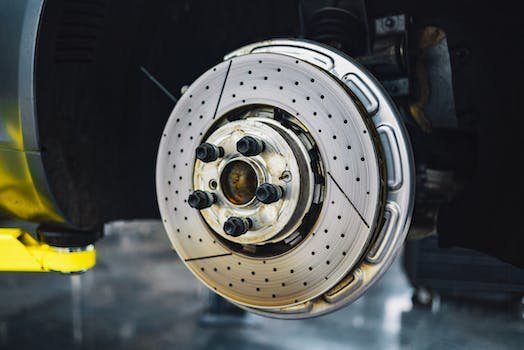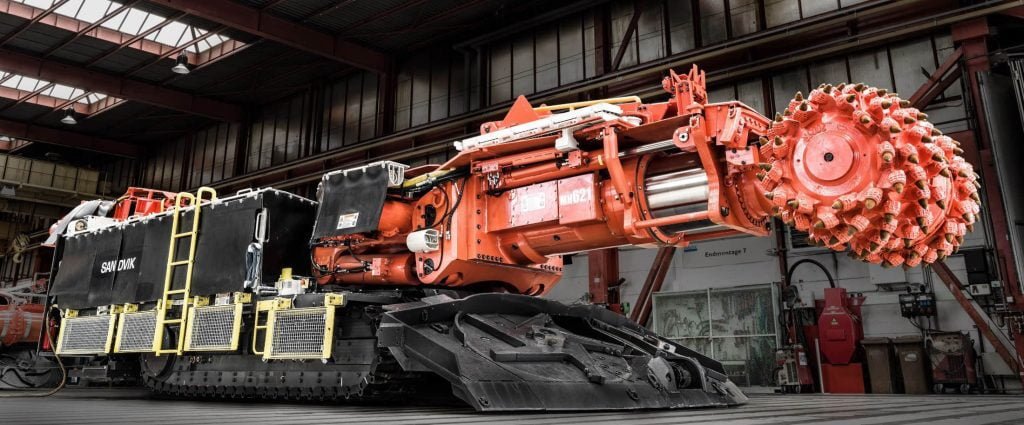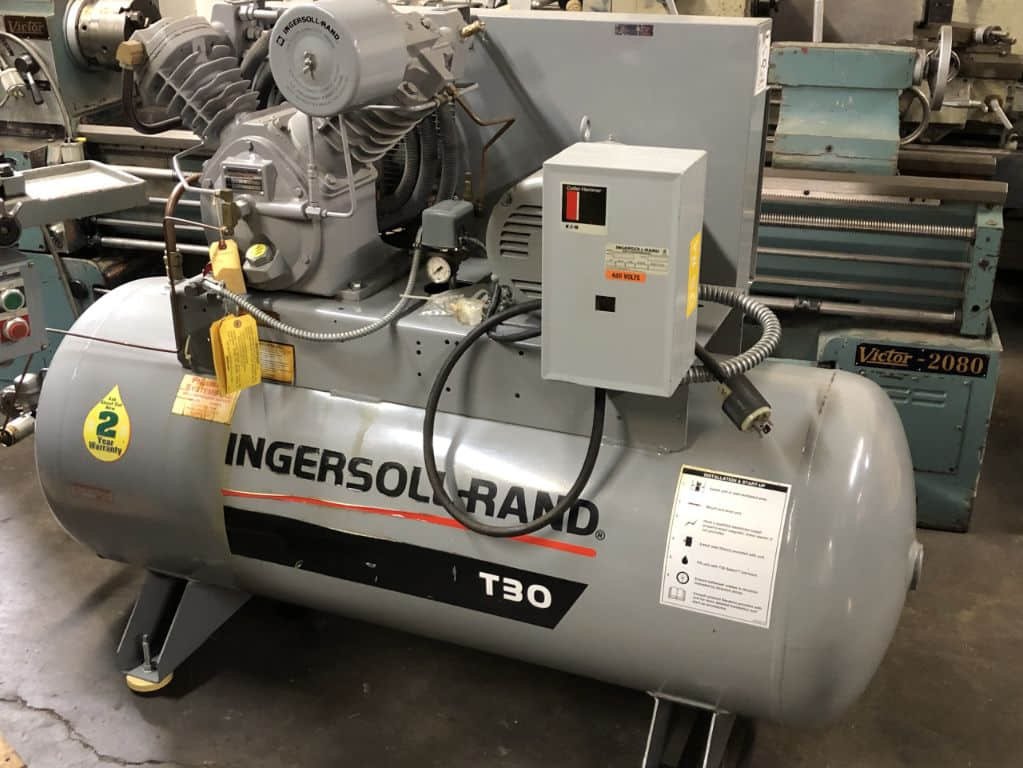Optimizing Your Supply Chain for Quick Atlas Copco Parts Replacement
When it comes to maintaining a smooth and efficient operation, having a well-optimized supply chain is crucial. This is especially true when it comes to the replacement of Atlas Copco parts, as any delays or inefficiencies in this process can have a significant impact on productivity and overall business performance. In this article, we will explore various strategies and best practices to optimize your supply chain for quick Atlas Copco parts replacement, ensuring minimal downtime and maximum efficiency.
1. Streamlining Inventory Management
Effective inventory management is the foundation of a well-optimized supply chain. By ensuring that you have the right parts in the right quantities at the right time, you can minimize the risk of delays and disruptions. Here are some key steps to streamline your inventory management:
- Conduct a thorough analysis of your historical demand patterns to identify the most frequently required Atlas Copco parts.
- Implement a robust forecasting system that takes into account factors such as seasonality, market trends, and equipment usage patterns.
- Establish strong relationships with reliable suppliers who can provide quick and efficient delivery of Atlas Copco parts.
- Utilize inventory management software to track stock levels, automate reordering processes, and generate real-time reports.
2. Implementing Just-in-Time (JIT) Delivery
Just-in-Time (JIT) delivery is a strategy that aims to minimize inventory holding costs and reduce the risk of obsolescence. By receiving Atlas Copco parts just when they are needed, you can optimize your supply chain for quick replacement. Here are some steps to implement JIT delivery:
- Collaborate closely with your suppliers to establish a reliable and efficient delivery schedule.
- Utilize electronic data interchange (EDI) or other automated systems to streamline the ordering and delivery process.
- Monitor supplier performance and establish clear communication channels to address any potential issues or delays.
- Consider implementing vendor-managed inventory (VMI) programs, where suppliers are responsible for monitoring and replenishing your stock levels.
3. Leveraging Technology and Automation
In today’s digital age, technology plays a crucial role in optimizing supply chain processes. By leveraging the right tools and automation, you can streamline the replacement of Atlas Copco parts and ensure quick turnaround times. Here are some key technologies to consider:
- Implement an enterprise resource planning (ERP) system that integrates all aspects of your supply chain, from procurement to inventory management.
- Utilize barcode scanning and RFID technology to track and manage your inventory in real-time.
- Explore the use of predictive analytics and machine learning algorithms to forecast demand and optimize inventory levels.
- Consider implementing robotic process automation (RPA) to automate repetitive tasks such as order processing and invoicing.
4. Establishing Redundancy and Contingency Plans
Despite all efforts to optimize your supply chain, unforeseen disruptions can still occur. It is essential to establish redundancy and contingency plans to minimize the impact of such events on the replacement of Atlas Copco parts. Here are some steps to consider:
- Identify critical Atlas Copco parts that are prone to failure or have long lead times.
- Maintain safety stock of these critical parts to ensure quick replacement in case of emergencies.
- Establish alternative suppliers or backup sources for Atlas Copco parts to mitigate the risk of supply chain disruptions.
- Regularly review and update your contingency plans to account for changes in market conditions or supplier capabilities.
5. Continuous Improvement and Performance Measurement
Optimizing your supply chain for quick Atlas Copco parts replacement is an ongoing process. It is crucial to continuously monitor and measure your performance to identify areas for improvement. Here are some steps to foster continuous improvement:
- Establish key performance indicators (KPIs) to measure the efficiency and effectiveness of your supply chain.
- Regularly review and analyze your KPIs to identify bottlenecks, inefficiencies, or areas of improvement.
- Implement a culture of continuous improvement, encouraging feedback and suggestions from employees at all levels.
- Invest in employee training and development to enhance supply chain management skills and knowledge.
6. FAQs
Q: How can I ensure that I have the right Atlas Copco parts in stock?
A: Conduct a thorough analysis of historical demand patterns and implement a robust forecasting system to anticipate future requirements.
Q: What should I do if a critical Atlas Copco part fails and I don’t have it in stock?
A: Maintain safety stock of critical parts and establish alternative suppliers or backup sources to ensure quick replacement in emergencies.
Q: How can I track and manage my inventory efficiently?
A: Utilize barcode scanning, RFID technology, and inventory management software to track stock levels and automate reordering processes.
Q: What role does technology play in optimizing the supply chain for quick parts replacement?
A: Technology such as ERP systems, predictive analytics, and robotic process automation can streamline processes and improve efficiency.
Q: How often should I review and update my contingency plans?
A: Regularly review and update your contingency plans to account for changes in market conditions or supplier capabilities.
Q: How can I foster continuous improvement in my supply chain?
A: Establish KPIs, regularly review performance, encourage feedback, and invest in employee training and development.
In conclusion, optimizing your supply chain for quick Atlas Copco parts replacement is essential for maintaining a smooth and efficient operation. By streamlining inventory management, implementing JIT delivery, leveraging technology and automation, establishing redundancy and contingency plans, and fostering continuous improvement, you can ensure minimal downtime and maximum efficiency. Remember to regularly review and update your strategies to adapt to changing market conditions and customer demands. With a well-optimized supply chain, you can stay ahead of the competition and deliver exceptional service to your customers.




